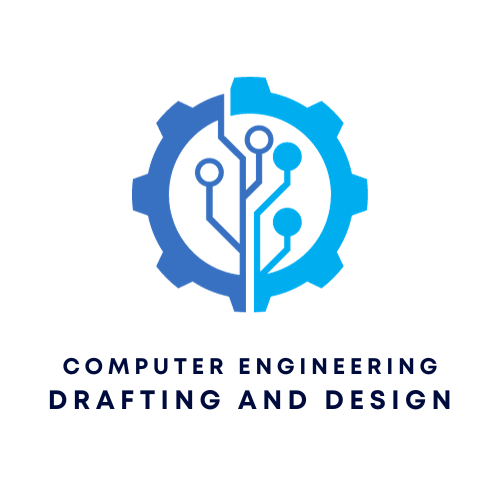1. Flowcharting Essentials
- Shapes & Symbols:
- Rectangle with double-struck vertical edges: Represents externally defined subroutines or modules.
- Off-page connector: Indicates where a flowchart continues on a separate page.
- Cylinder: Depicts database operations.
- Open-ended rectangle: Denotes stored data operations.
- Swimlanes: Utilized in advanced software design flowcharts to represent different entities or actors involved in a process.
- Principles of Structured Design:
- In structured design, the only constructs used should be sequence, selection, and iteration. This ensures clarity and avoids ambiguity.
2. Circuit Simulation Tools & Techniques
- LTspice:
- For frequency domain analysis, the
.ACdirective is used. - The
.TEMPdirective allows you to set a specific temperature for the simulation. - To balance between simulation accuracy and speed, you can adjust the
.OPTIONSdirective. - Hierarchical designs can be managed efficiently using subcircuits.
- Mixed-signal circuits can be simulated, with digital components typically described using behavioral SPICE models.
- For frequency domain analysis, the
- MultiSim:
- To simulate digital circuit behavior over time, the “Transient Analysis” is the tool of choice.
- For simulating circuit behavior at varying temperatures, you can alter the global temperature setting.
- To introduce a time delay in digital circuit simulations, the “Digital Delay Line” component is used.
- The “Fourier Analysis” is perfect for determining the harmonic content of waveforms.
- Circuit Wizard:
- Custom components are defined behaviorally using the term “Macro.”
- To simulate the impact of noise on a circuit, you might adjust the “Noise Level” in the simulation settings.
- The effects of component tolerances on circuit performance can be observed using the “Monte Carlo” simulation.
- In PCB design, the “AutoRoute” feature assists in automatically routing the traces.
3. Computational Complexity & Design
- O(1) Complexity: Typically, processes represented by rectangles in flowcharts correspond to O(1) complexity, signifying constant time operations.
4. PCB Design & Layout
- In the domain of PCB design, simulating the effects of component tolerances, noise, and other real-world factors are crucial. Tools like Circuit Wizard provide features like “Monte Carlo” simulation and “AutoRoute” to aid designers in creating efficient and reliable PCB layouts.
5. Closing Thoughts
Flowcharting, circuit simulation, and PCB design are foundational skills in electronics and computer engineering. By understanding the tools, techniques, and principles that guide these domains, engineers can design, simulate, and test systems more effectively, ensuring their functionality, efficiency, and reliability.

